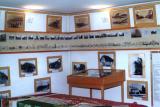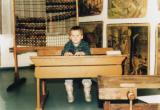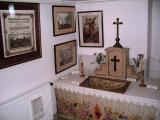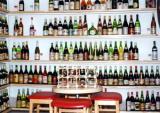2025. July 19. Saturday
Albertfalva Region History Collection and School Museum - Budapest
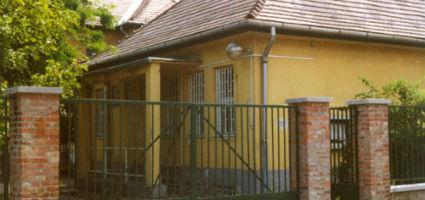 |
Address: 1116, Budapest Pentele utca 8.
Phone number: (1) 208-6635
Opening hours: Tue, Thu 16-18
(Closed in school breaks) |
Albertfalva - the Southern part of the 11th district in Budapest - will hold its 182nd anniversary in 2001. Its oldest school is 173; its oldest museum is 21 years old. In the introduction below we will talk about the museum's work of more than two decades.
Andor Beleznay, the writer of these lines was commissioned as headmaster of the Petőfi Sándor Primary School in 1964. Through a search of the school's archives it soon had turned out that the school would reach up to the 150th year of its existence in 1978. Preparations for the anniversary began in 1973. This date coincided with the breaking up the High Street of Albertfalva and beginning building the new estate. One thousand pupils of the schools divided the area among themselves and collected from the houses everything offered by the owners.
The work of collecting took nearly five years and produced good fruits indeed, for the exhibition made for the jubilee was very successful. After the exhibition, the question was raised as to what should happen to the collected materials. The idea was soon introduced and accepted to establish a school museum where we could display these most interesting and valuable items. That is how the museum came to exist on 15 March 1980, on the compound of the school. Later - in 1991 - the museum moved to its present residence.
At the beginning, we were focusing on the circumstances regarding the establishment of the school. Soon we found out that the great-great-grand son of the first teacher in the school was still alive. He could tell us a lot about the teacher (Vodicska Vencel), and had many photos and documents of him at hand. Through his help we managed to set up the Vodicska family tree, which now contains the particulars of eight generations.
We also learnt where the first school building was situated, how it was extended during the course of time, and how many students were going there. The school building had always been proving too small, and that explains the question of how and why the biggest school of the country was established with 3 buildings and 50 classrooms, 140 teachers and 1858 students. The name of the school had not come about up by accident, for down to 1848 it was well known that the majority of Albertfalva belonged to the group of Kossuth-supporters. This spirit penetrated the work of the school; this gave energy to both teachers and students to ever bring high quality into their work.
That is how the school became the source and starting point for researches made in other fields.
Andor Beleznay, the writer of these lines was commissioned as headmaster of the Petőfi Sándor Primary School in 1964. Through a search of the school's archives it soon had turned out that the school would reach up to the 150th year of its existence in 1978. Preparations for the anniversary began in 1973. This date coincided with the breaking up the High Street of Albertfalva and beginning building the new estate. One thousand pupils of the schools divided the area among themselves and collected from the houses everything offered by the owners.
The work of collecting took nearly five years and produced good fruits indeed, for the exhibition made for the jubilee was very successful. After the exhibition, the question was raised as to what should happen to the collected materials. The idea was soon introduced and accepted to establish a school museum where we could display these most interesting and valuable items. That is how the museum came to exist on 15 March 1980, on the compound of the school. Later - in 1991 - the museum moved to its present residence.
At the beginning, we were focusing on the circumstances regarding the establishment of the school. Soon we found out that the great-great-grand son of the first teacher in the school was still alive. He could tell us a lot about the teacher (Vodicska Vencel), and had many photos and documents of him at hand. Through his help we managed to set up the Vodicska family tree, which now contains the particulars of eight generations.
We also learnt where the first school building was situated, how it was extended during the course of time, and how many students were going there. The school building had always been proving too small, and that explains the question of how and why the biggest school of the country was established with 3 buildings and 50 classrooms, 140 teachers and 1858 students. The name of the school had not come about up by accident, for down to 1848 it was well known that the majority of Albertfalva belonged to the group of Kossuth-supporters. This spirit penetrated the work of the school; this gave energy to both teachers and students to ever bring high quality into their work.
That is how the school became the source and starting point for researches made in other fields.
